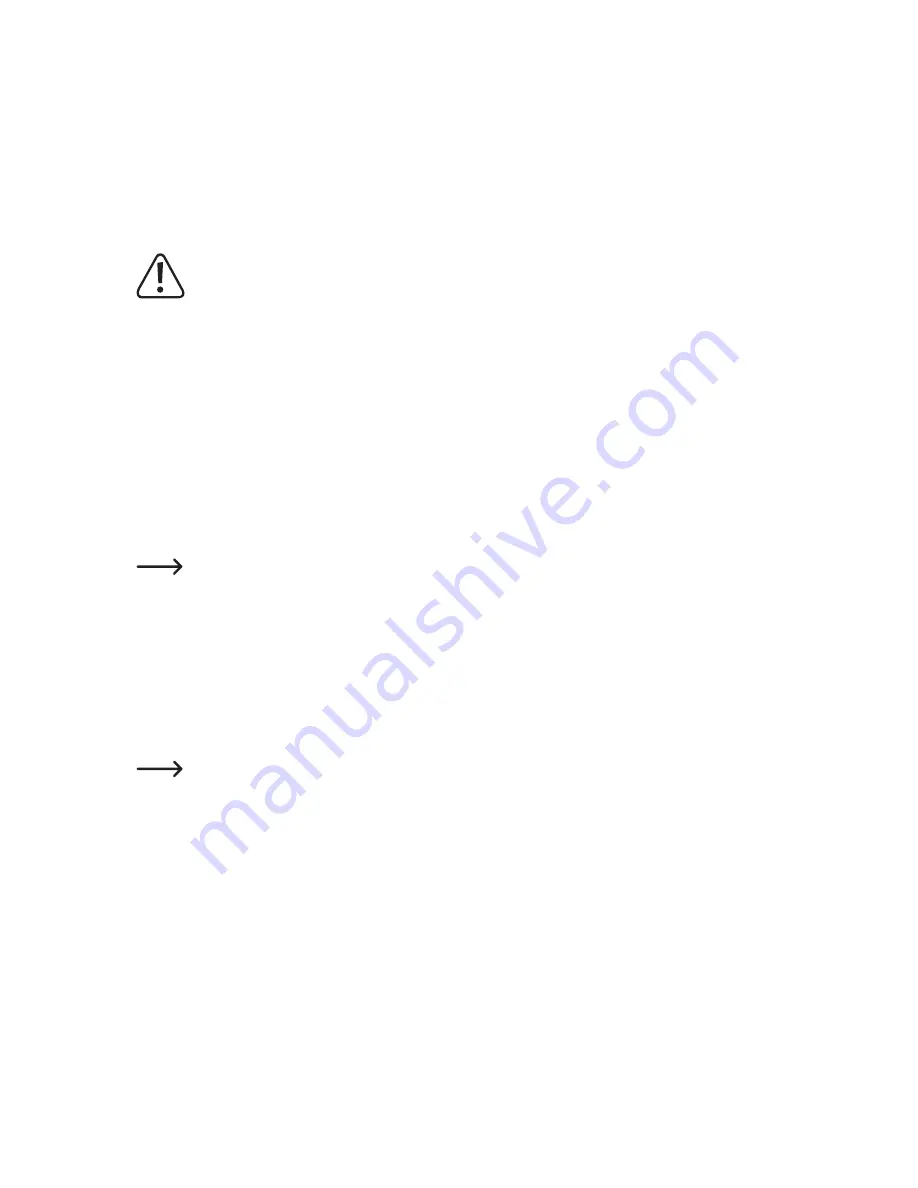
62
Example:
A dual-cell LiPo battery pack charged without the use of a balancer appears to have a voltage of 8.4 V and thus ap-
pears to be fully charged. The individual cells, however, have a voltage of 4.5 V and 3.9 V (one cell is dangerously
overcharged, the other half discharged).
A cell overcharged in this way may leak, expand or, in a worst case scenario, catch fire or explode!
If this LiPo rechargeable battery is inserted, e.g. in a model plane, the flying time will be very short, since the voltage
of the half-charged cell will break down quickly and the rechargeable battery will not supply any current anymore.
If your rechargeable lithium battery has a balancer connection, it must be connected to the charger at all
times in addition to the two regular rechargeable battery connections (plus/+ and minus/-) (via the balancer
board); always use the charge programme "BALANCE" then rather than the "CHARGE" one.
d) Fast Charge ("FAST CHG")
When charging a lithium rechargeable battery, the charging current reduces continually due to the charging method
used, the fuller the rechargeable battery becomes (when the rechargeable battery has reached its maximum charging
current and the charger switches from continuous current to continuous voltage charging). This will, of course, also
extend the charging time.
At quick charging, the continuous voltage charging method uses a higher charging current. However, this reduces the
capacity, because the charge process is terminated earlier due to the safety cut-off in the charger.
This means, a LiPo battery, for example, cannot be fully charged using the fast charge function. Only approx. 90% of
the capacity achievable with the normal charge process is available.
Therefore, fast charging is only wise if the battery has to be used again as quickly as possible.
The procedure when setting the charging current and voltage/cell number must be performed as for the rechargeable
battery programme "CHARGE"; see chapter 10. b).
e) Storing Batteries ("STORAGE")
This rechargeable battery programme can be used if you want to store the rechargeable battery for an extended
period. Depending on the rechargeable battery type set, the rechargeable battery is charged or discharged to a
specific voltage.
Depending on the cell voltage, the battery is either charged or discharged. Of course, with a multi-cell bat-
tery pack, this is only wise if a balancer connection is available and connected to the charger.
At extended storage of a lithium rechargeable battery (e.g. when storing a flight battery over winter), the
rechargeable battery should in any case be checked every 3 months and treated with the rechargeable
battery programme "STORAGE" again to prevent harmful deep discharge.
The procedure when setting the charging current and voltage/cell number must be performed as for the rechargeable
battery programme "CHARGE"; see chapter 10. b).
















































